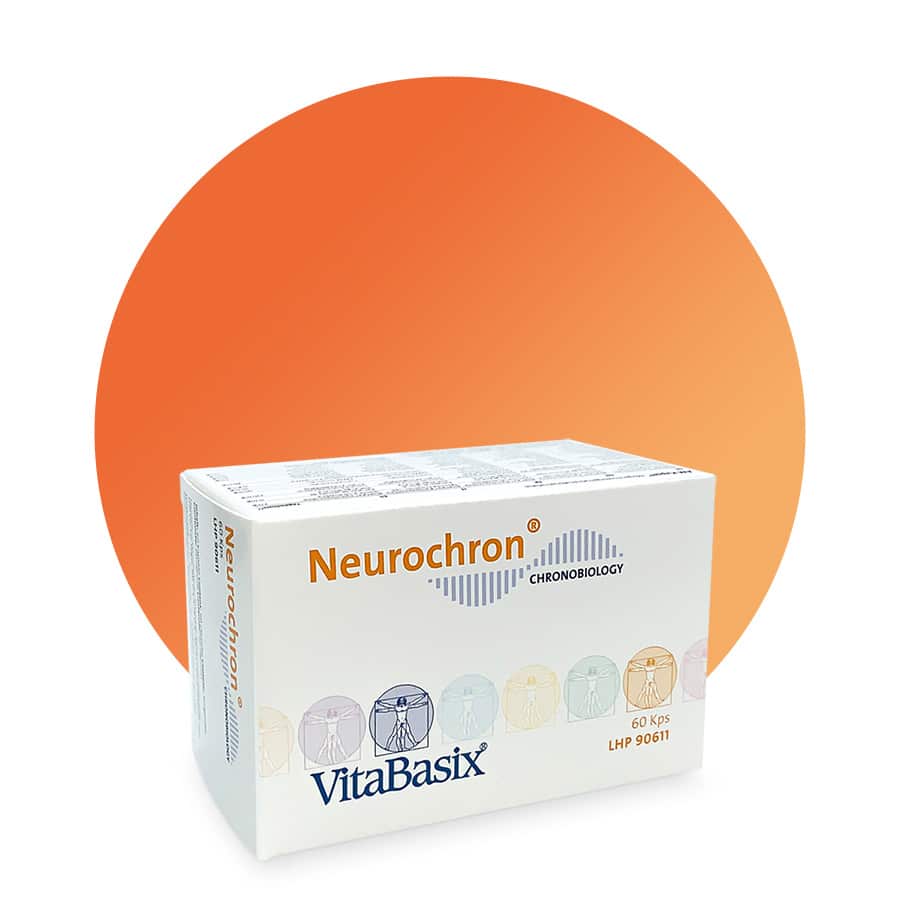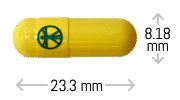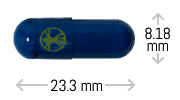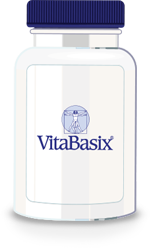Ageing is almost always associated with a slow decline in mental fitness, concentration and memory. This poses challenges for individuals as they must learn to cope with these changes; a struggle that can ultimately affect overall mood.
However, in order to optimize cognitive abilities into old age, early detection is required. This is important so that preventive measures can be successfully initiated.
Today, an integrated model for maintaining brain fitness is recognized. This model combines a balanced diet and moderate physical training with specific exercises to train cognitive skills and specific forms of meditation.
Certain vitamins, minerals, phospholipids and selected plant extracts can also have a positive effect on brain function.
These include in particular:
Pyrroloquinoline quinone disodium salt – PQQ: PQQ is found in many foods, such as some fruits and vegetables, soy products and tea. In fact, the highest amounts of this nutrient are found in natto (fermented soybeans). The importance of PQQ for humans was only discovered in 2003. Besides regulating effects on the general metabolism and thus also on mental fitness, it can also enhance many effects of other vitamins.
Voacanga Africana: This is a plant species within the dogbane family. In addition to cell-protective properties, this extract can promote blood circulation and help support ATP levels in nerve cells.
Inositol: found in grains, nuts, seeds, legumes, fruits and vegetables, among others. Inositol and its derivatives play an important role in signal transmission within cells. For example, signals that enter the cell from the outside are conducted from the cell membrane into the cell nucleus with the help of inositol. In this way, cell metabolism is adapted to external requirements and the cells are induced to produce specific substances when needed.
Choline: Choline belongs to the group of biogenic amines and is present in almost all life forms. Foods rich in choline are above all eggs. Choline plays an important role in amino acid metabolism and is involved in the formation of important substances in the body, such as phospholipid lecithin in the formation of the cell membrane. Acetylcholine, one of the most important neurotransmitters in the body, is also formed from choline.
DMAE: Dimethylaminoethanol (DMAE) is another biogenic amine and has similar functions to choline. It is only found in small quantities in foods such as sardines and anchovies. It is equally involved in building the cell membrane and also serves as a starting material for the synthesis of choline.
Huperzine is an alkaloid that occurs in certain mosses. It can inhibit cholinesterase and thus, among other things, slow down the breakdown of acetylcholine, which means a certain protection for the nerve cells.
NADH is related to vitamin B3, which is found in all cells and is involved in the so-called mitochondrial respiratory chain. Its most important tasks are to regulate the energy balance in the cells. NADH is found especially in animal products, but also in green vegetables.
Co-enzyme Q10 and vitamin E: These two micronutrients have a particular effect on the cell membrane. In the respiratory chain, co-enzyme Q10 serves as an electron transmitter at the mitochondrial cell membrane and is therefore essential for energy production. Vitamin E serves as a regenerator and stabilizer of these processes. Foods that contain a lot of vitamin E include various oils, nuts, seeds as well as green vegetables. Co-enzyme Q10 is found mainly in beef, chicken, sheep and lamb meat, fish and eggs.
Folic acid: Folic acid, also called vitamin B9, is found in green leafy vegetables such as spinach, cucumbers and cabbage. Legumes, nuts and oranges are also rich in folic acid. Folic acid is a coenzyme involved in several metabolic reactions and is absolutely essential for the body to function optimally. It plays a special role in differentiated cell growth and the formation of red blood cells, which are responsible for oxygen transport.
Ginkgo biloba: The flavonoids contained in the ginkgo biloba leaf (a species of tree native to China) can help protect against cell damage and support blood circulation.
Acetyl-L-carnitine is an ester of the amino acid L-carnitine, which in turn functions as a transport molecule for fatty acids through the mitochondrial membrane. Acetyl-L-carnitine is metabolized in the mitochondria of the cells, a process in which energy is obtained for cellular balance. Foods rich in acetyl-L-carnitine include red meat, poultry, fish and dairy products. In addition, the living organism forms acetyl-L-carnitine from carnitine when needed and vice versa.
Phosphatidylserine is an essential component of all cell membranes and plays a significant role in the brain, especially in the release of neurotransmitters and thus in the transmission of stimuli between nerve cells. Particularly good sources of phosphatidylserine are meat and fish. In addition, white beans also have a high content of this nutrient.
Ginseng: The cell-protective potential of this medicinal herb and its ability to influence certain brain receptors may enable it to maintain a positive state of mind and intellectual functioning.





 Chronobrands
Chronobrands




Reviews
There are no reviews yet.